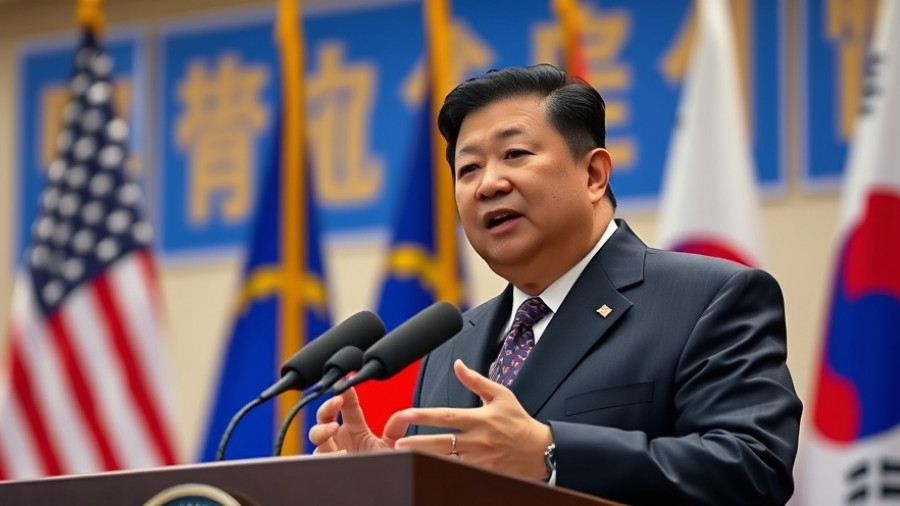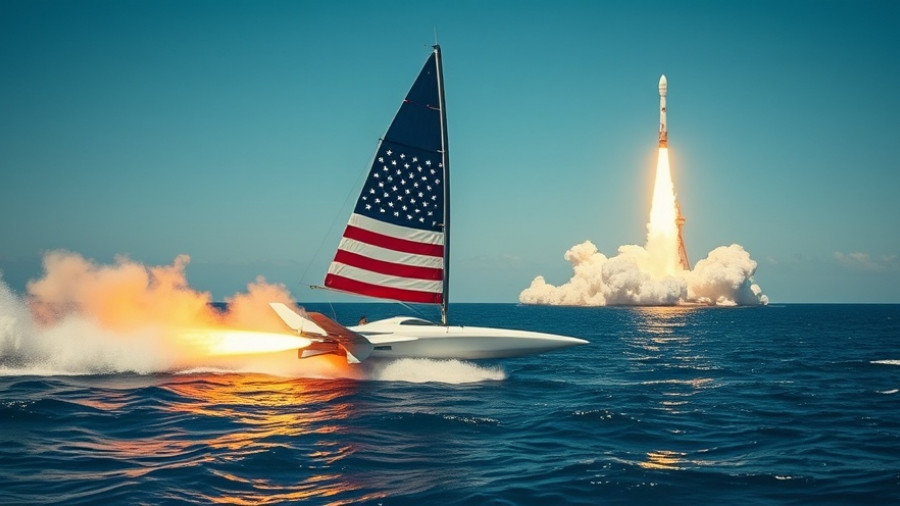
The E-2D Hawkeye: A Strong Contender for Airborne Surveillance
The recent cancellation of the Air Force's E-7A Wedgetail project has sparked debates about the U.S. Navy's E-2D Hawkeye taking on a more significant role in airborne surveillance and command-and-control operations. This situation poses both interesting opportunities and challenges for military readiness and operational efficiency.
A Versatile Aircraft with Proven Track Record
The E-2D Hawkeye, an upgraded version of its predecessor, is equipped with advanced radar technologies, enhanced communication systems, and capabilities that make it ideal for joint operations. As wars become more reliant on integrated and comprehensive intelligence, having a highly capable aircraft like the E-2D is essential for surveillance and data gathering. Its experience in past military operations serves as a testament to its reliability in combat scenarios.
Addressing Concerns: Can E-2D Meet the Demand?
While the E-2D possesses many advantages, it still raises concerns about its capability to fully cover the roles of the canceled E-7A Wedgetail. Experts discuss the E-2D’s limitations and whether it can effectively fulfill the same surveillance and command-and-control functions that the Air Force initially sought with the E-7A. Some concern arises from differences in mission profiles and operational demands, particularly in joint missions where both Navy and Air Force cooperation is vital.
Technological Advancements: What’s on the Horizon?
As the military landscape continues to evolve, there is ongoing conversation around the upgrades that can be made to the Hawkeye fleet. Innovations can improve its efficiency and usability in a variety of situations, including joint operations that encompass both Navy and Air Force missions. Advancements in artificial intelligence and machine learning hold promise for enhancing situational awareness and threat detection, providing a crucial edge in combat scenarios.
The Bigger Picture: Collaborative Military Strategies
The discussion doesn't simply hinge on whether the E-2D can take on the E-7A's role; it opens up broader conversations regarding collaboration between the Navy and Air Force. As military forces prepare for future challenges, working together and sharing resources may prove essential in optimizing operational capacity. Investing in dual-use platforms and covering each other's deficiencies could redefine how the branches approach joint missions.
A Community Approach: Engaging Stakeholders
Engaging with the public and stakeholders about these discussions helps to foster a well-rounded perspective on military actions and decisions. When the community understands the importance and implications of military technologies, it can support the dialogues that shape how the armed forces develop their capabilities. Such involvement is not just about strategy but also about ensuring a connection between military actions and community impacts.
As these developments unfold, it’s imperative for stakeholders, community members, and military personnel to remain informed and engaged. For those invested in understanding the interplay of military technology and community implications, let’s foster open communication to sustain a citizen-soldier connection.
 Add Row
Add Row  Add
Add 




Write A Comment